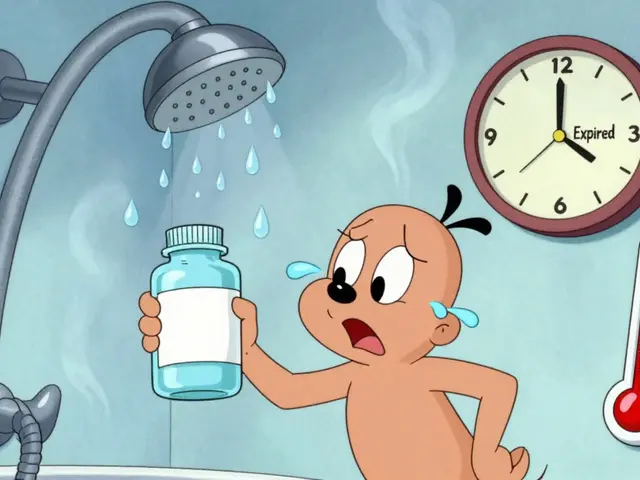Hair growth: practical, safe ways to stop thinning and boost regrowth
Hair loss feels personal. You see more hair in the shower, your part looks wider, and you want clear options — not hype. This page gives straightforward, usable steps you can try today, plus a quick look at medical treatments and buying meds safely online.
Quick wins for thicker hair
Start with basics: reduce heat and tight hairstyles, swap heavy conditioners for lighter ones, and wash with a mild shampoo when your scalp is oily. Diet matters — get enough protein, iron, vitamin D, and omega‑3s. Try a simple routine: gentle shampoo every other day, a protein-rich meal, and a scalp massage for five minutes three times a week. Scalp massage can increase blood flow and feels good;
Topical minoxidil is the most accessible over-the-counter option. Use it exactly as directed and be patient — results usually show after three to six months. Keep applying or the new hairs often fall back.
If you are a woman, hair loss patterns differ. Female pattern hair loss usually causes overall thinning rather than a receding hairline. Hormone changes, thyroid issues, and iron deficiency are common triggers. Ask your doctor for tests like TSH and ferritin before spending money on treatments.
Medical options and safety
Finasteride (Propecia) works well for many men but comes with possible sexual and mood side effects. Newer options include topical finasteride, dutasteride under supervision, platelet-rich plasma (PRP) injections, and low-level laser therapy. Hair transplant surgery can provide permanent results but depends on donor hair availability and surgeon skill.
Certain medicines and health events can cause shedding. Chemotherapy, some antidepressants, and high-dose vitamin A or isotretinoin can lead to hair thinning. If you notice sudden shedding after starting a drug, check with your prescriber; sometimes stopping or switching the medicine is the fix.
Supplements are only useful when you have a real deficiency. Biotin helps very few people; iron helps those with low ferritin. Get blood tests and follow recommended doses. Avoid megadoses and unregulated herbal mixes that promise quick regrowth.
Buying medications online? Be careful. Only use pharmacies that require a prescription, show a physical address, and have verifiable reviews. Counterfeit or wrong-dose pills are real risks. If you read guides about buying tretinoin or other topicals online, favor licensed pharmacies and ask your clinician for advice.
When to see a specialist: If shedding is sudden, patchy, or accompanied by scalp pain or redness, see a dermatologist. Ask for a scalp exam, blood work, and a discussion of realistic timelines. Treatments take months; expect a plan and checkpoints at three and six months.
Small daily changes add up. They help. Improve sleep, manage stress with short walks or breathing exercises, and protect your scalp from sun damage. Track progress with monthly photos to see real change.
Want more? Read our detailed guides on Propecia alternatives, online pharmacy safety, and topical strategies that improve absorption. Bring questions to your appointment and make the plan that fits your life.




